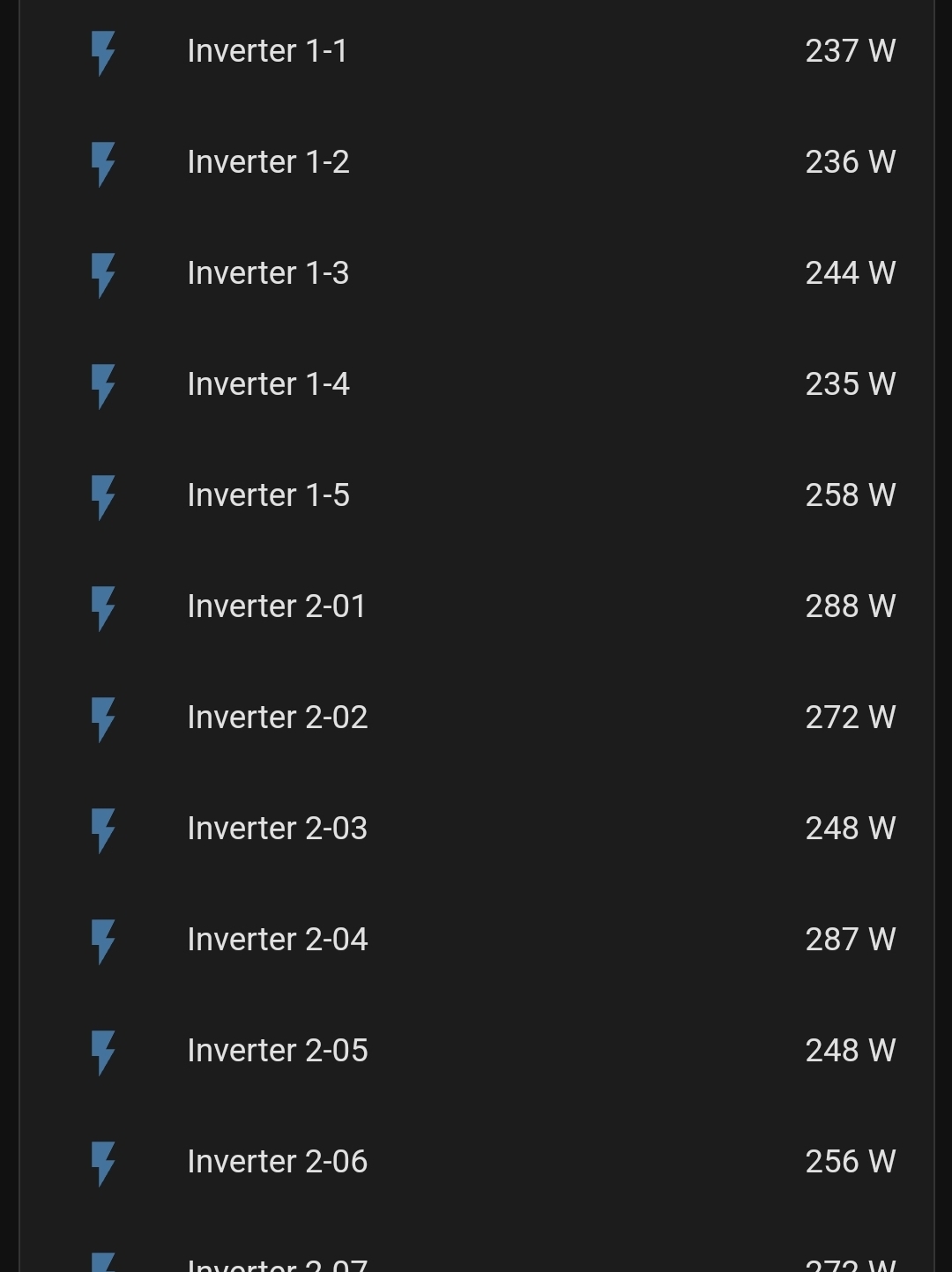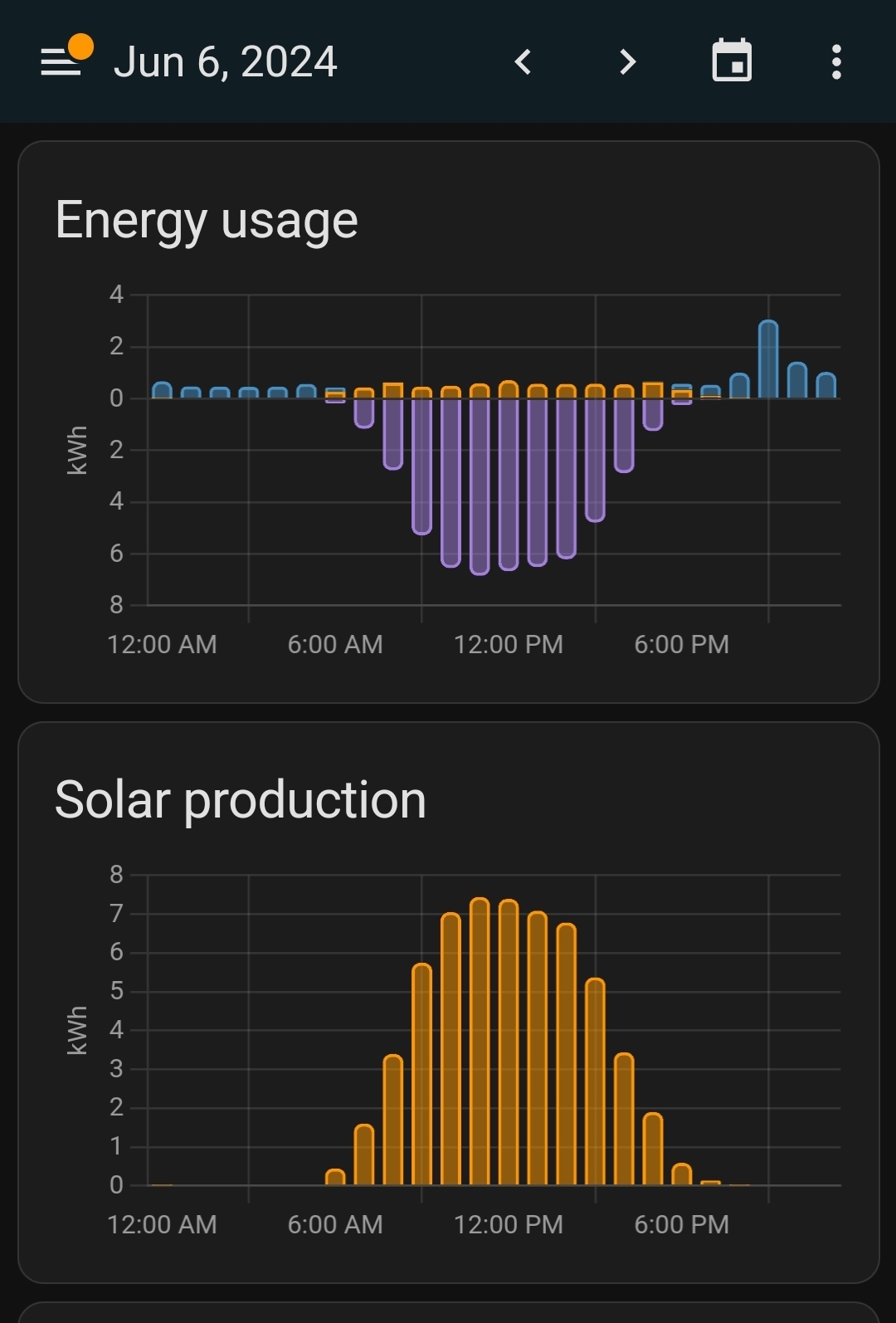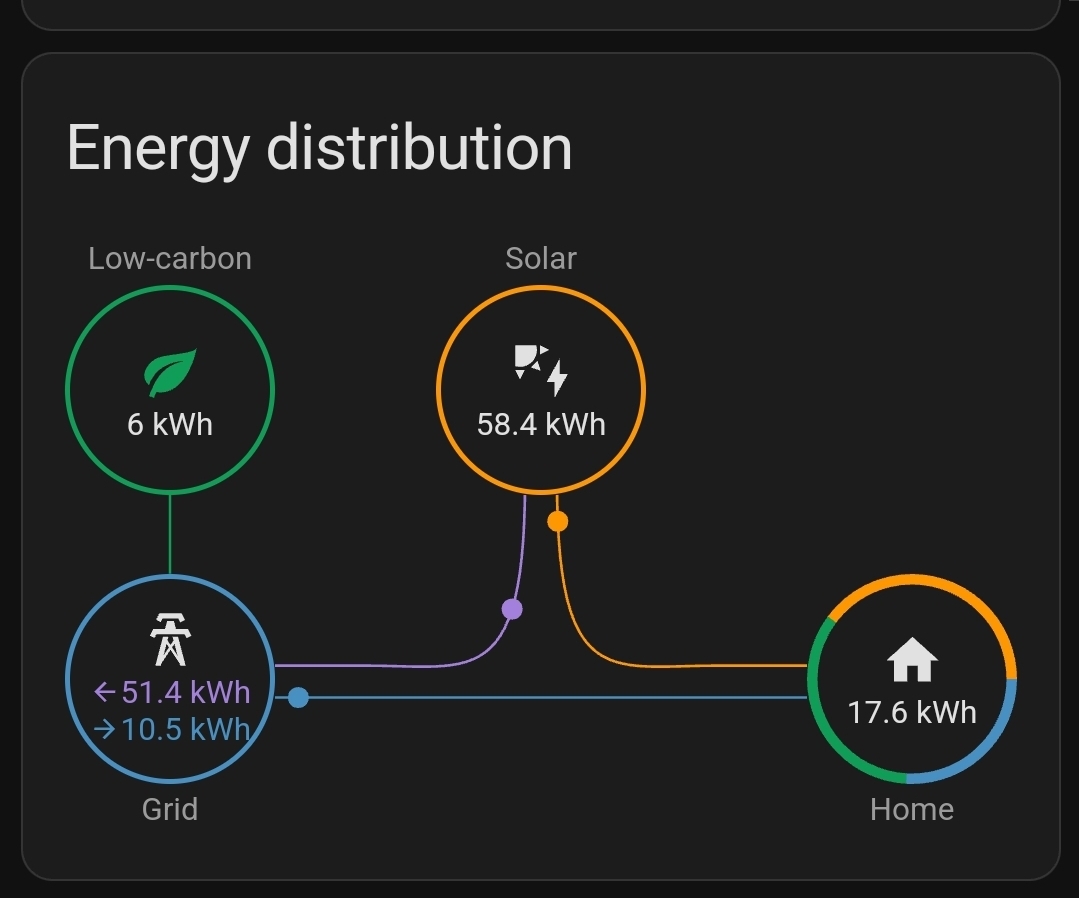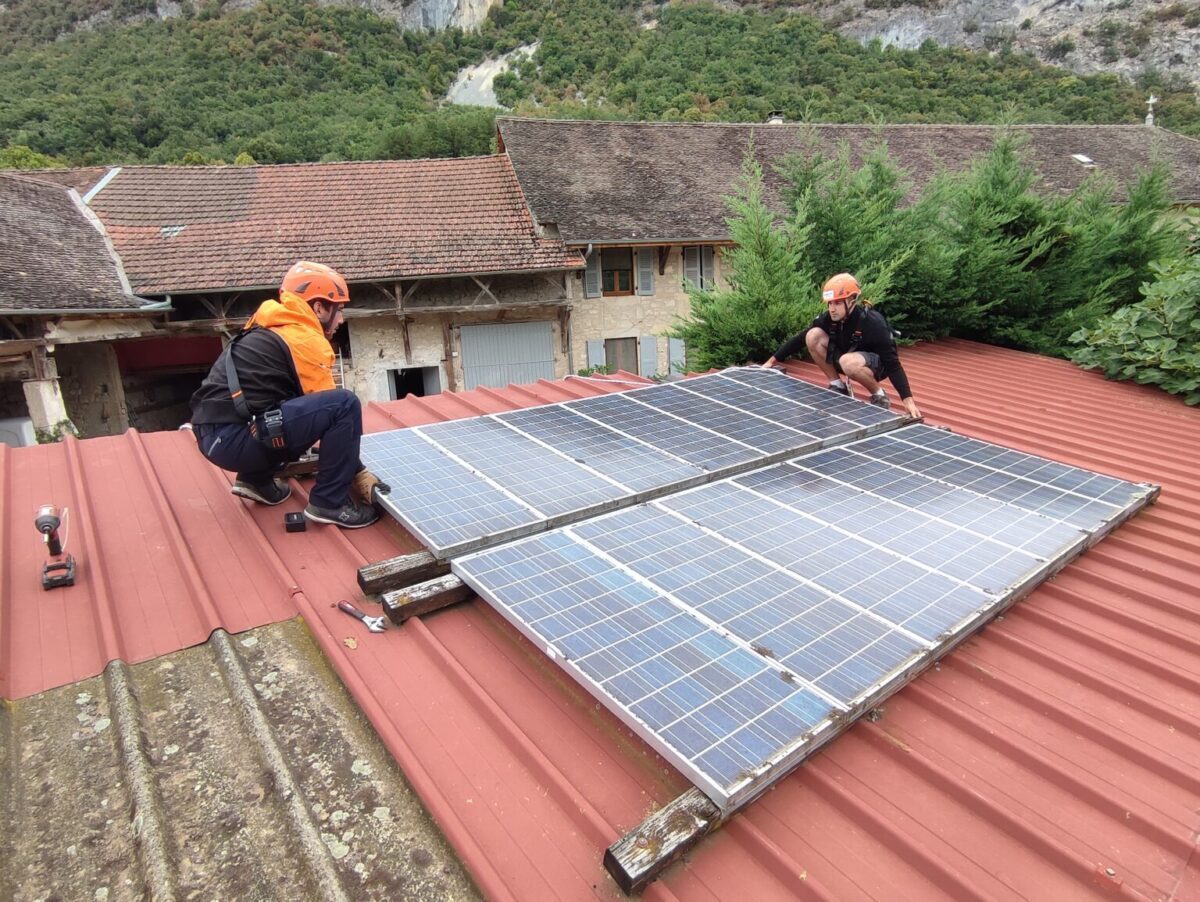There’s a typo in the title. If you go back to the original source (in french), they actually retain 79,5 % of their original efficiency, so even better than the article’s title would have you believe.
I guess we can blame the French’s confusing number system for that.
People seem to be angry at you for not knowing how the French count. My condolences. I found it funny tho. Have un upvote
Well, I DO know how the French count and compared to English it IS highly confusing. You can hardly convince me that saying “Four times twenty and ten” is as straight forward as saying “Nine tens”.
And just to be clear: I’m not some Yankee or Brit with a superiority complex, no, I am German, and we have our own shitty version of this: Instead of moving along the digits from highest to lowest, as in “Four hundreds and two tens and nine”, we do “Four hundred and nine and two tens”.
And don’t even get started with Danish.
Wow, it’s like US uses metric system for counting and y’all do “imperial counting”
It indeed is.
It supposedly comes from originaly counting in base 20 ( a.k.a : vigesimal system) in some proto-european language. There are traces of it in breton, albanese, basque and danish for example. Even in english, there is a reminiscence of vigesimal, in the “score”, see for example Lincoln’s Gettysburg Address which famously starts with : “Fourscore and seven years ago…”, meaning 87 years ago.
The weird thing is that in this scenario these panels are still applicable for replacement probably because the the solar panels of today compared to then are about ~40% more efficient. So compared to a new replacement it’s at around 60% efficiency. A major site plans profit off of 30 years and plans to replace glass at that time, so while it may still be somewhat useful long term it’s probably more profitable to replace them.
It’s good to know that they have pretty good longevity. One thing complicating this is that panel technology has gotten better and better during that time. There’s a graph on Wikipedia plotting how much better the various types of panel have gotten since the 70s. A lot of them have doubled in output since the early 90s.
So on the one hand, these old panels are outputting 75% of what they started with, which is good. But on then other hand they are only outputting about 37% of what new panels could.
Not that we should throw old panels away. There’s plenty of sun to go around (though I guess the average homeowner only has one roof to use). It’s just interesting how fast the tech has improved and how that might factor in to some longevity calculations.
I’m getting some new panels installed this year, and I think they’re suggesting they’ll be at 80% after 25 years.
It looks like there is disagreement between the title and content of the article. Title says 75.9, content says 79.5
Either way, does this suggest that new panels might do better than expected over a 30 year timespan?
To give you an idea, my 12-panel PV system installed in 2011 has put out 3.5 MWh per year at its peak and now produces between 3.1 and 3.3 MWh yearly, depending on the weather.
It’s hard to attribute that just to panel degradation, though. It could be differences in weather (cloudier or snowier this year) for example.
To measure degradation, you’d need to track the peak output of each panel. Enphase microinverters let you get per-panel metrics but I’m not sure which other brands do.
I’m pulling data from my panels into Home Assistant via Enphase’s local API (directly from the device), then into VictoriaMetrics (which is similar to Prometheus but with a more efficient file format). I’ve got per-panel production data at 5 minute granularity from when I installed them until now.
We’re getting solar installed very soon, with Enphase micro-inverters. This gets me all kinds of excited. I’m stoked to be getting per-panel metrics, and real keen to shove even more metrics into my Home Assistant.
It’s an official integration and works really well. https://www.home-assistant.io/integrations/enphase_envoy/
The inverters all use their serial number as their name by default, but I renamed mine based on array and location to be more useful:

If your installer installs the consumption CTs (optional but the good installers usually include them for free), you’ll also have data on total power consumption for your house. It works really well with Home Assistant’s built-in energy dashboard.


Wow, imagine where we’d be if Oil and Gas hadn’t convinced almost everyone that solar was never going to work well.
Imagine where we’d be if leftists embraced nuclear power instead of killing it off everywhere they could.
deleted by creator
No, because until we solve the storage issues with electricity. You need a reliable baseline power source in the grid. Solar has 0% cost effectiveness at night. Nuclear is 100 times more environmentally friendly than coal. Even with the long term waste storage issues.
deleted by creator
This has not being solved. There’s not a single country in this world that has managed to not rely on hydro, nuclear, fossils or importations for electricity generation.
deleted by creator
Please provide those “studies and researches” that backup your claim, because a simple calculation shows that the world’s largest WWTP, Hongrin-Leman (100GWh in capacity and 480MW in power, over a 90km² basin) contains just 10% of the capacity needed and only 0.7% of the power required for a country like France to last a winter night (~70GW during ~14h of night).
So we’d need “only” 10 Hongrin-Léman stations in terms of capacity, but 142 Hongrin-Léman stations in terms of power. In other words, we’d need to flood at best 8.5x the surface area of Paris, and at worst the entire surface area of the Île de France department, home to 12 million inhabitants. And that’s just for one night without wind (which happens very regularly), assuming we rely on solar and wind power.
Then we need to find enough water and enough energy to pump it to fill the STEP completely in 10 hours of daylight, otherwise we’ll have a blackout the following night.
Wind and solar power cannot form the basis of a country’s energy production, because they are intermittent energies, and the storage needed to smooth out production is titanic. These energies rely on hydroelectricity, nuclear power and fossil fuels to be viable on a national scale.
Sounds like you should install double what you think you need. Reason? The panels will start losing efficiency over time and your electricity usage over time will do nothing but grow. That’s very common.
Dude.
Those panels lost only 20%, so far from half, in 32 years.
That’s impressive.
I didn’t say they lost half but they lost 20% so you need to have at least 120% today and then you need to account for the fact that you will get more electric devices in the future. How are you going to charge your electric car if you don’t have the electric to do it? So therefore you should probably double it.
Oh yeah, how about coal? Does that get any less efficient over time? Exactly. I’ve been burning the same lump of coal for easily the same amount of time and it remains 100% efficient, that’s the beauty of combustible fuel.







